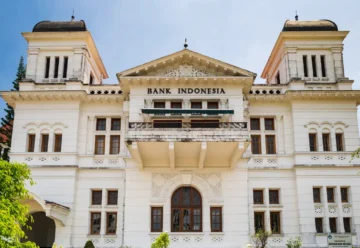Stablecoins are Popular in Developing Countries for Payments and Transfers

In 2024, stablecoins gained real-world use cases beyond cryptocurrency markets. Stablecoins are now widely used for international transfers, trade, and settlement in developing economies.
According to a joint study conducted by Castle Island Ventures, Brevan Howard, and Visa analysts, the popularity of stablecoins outside of crypto markets is actively growing. A rising interest in using stablecoins is especially noticeable in developing countries.
The study found that originally developed as a means of settlement within crypto ecosystems, stablecoins are used in the real economy. In countries such as Nigeria, Indonesia, Brazil, Turkey, and India, stablecoins became an alternative to traditional banking services. They provide access to dollar-pegged assets, address local currency inflation, and remove the hassle of accessing international payments.
The report reveals that in H1 2024, the global volume of transactions with stablecoins exceeded $2.6 trillion. Among the main reasons for the growing popularity of this asset type, analysts identified the following usage scenarios:
- safe storage of funds in U.S. dollars;
- fast cross-border payments without traditional banks;
- use within the DeFi ecosystem.
The greatest interest in stablecoins, according to the study, is observed in countries with high inflation rates and limited access to stable fiat currencies. In particular, many companies and individuals in Latin America and Africa are actively using stablecoins for international payments and cash flow management. This approach helps circumvent currency restrictions and reduce remittance costs.
Moreover, analysts noted that in 2024, stablecoins are being widely adopted for B2B settlements and payroll. Stablecoins are especially popular in regions where local banking systems struggle to provide affordable and prompt settlements. As a result, stablecoins became an important part of the financial infrastructure for businesses in these areas.
On a global scale, the study shows that stablecoins evolved from being tools for crypto traders and investors into a viable settlement solution in the real economy, opening up new opportunities for financial inclusion and economic stabilization in countries with rapidly depreciating national currencies.
The study is based on a survey of more than 2,500 stablecoin users from Brazil, Nigeria, Turkey, Indonesia, and India, conducted from May 29 to June 13, 2024, through the YouGov platform.
Many TradFi players are interested in issuing their own stablecoins. PayPal and Mercado Libre released stablecoins, while Sony, Bangko Sentral ng Pilipinas, and DMM Group plan to follow suit in the near future. The stablecoin market in July 2024 reached $164 billion, with over 60% of countries worldwide having regulatory frameworks for stablecoin usage.











